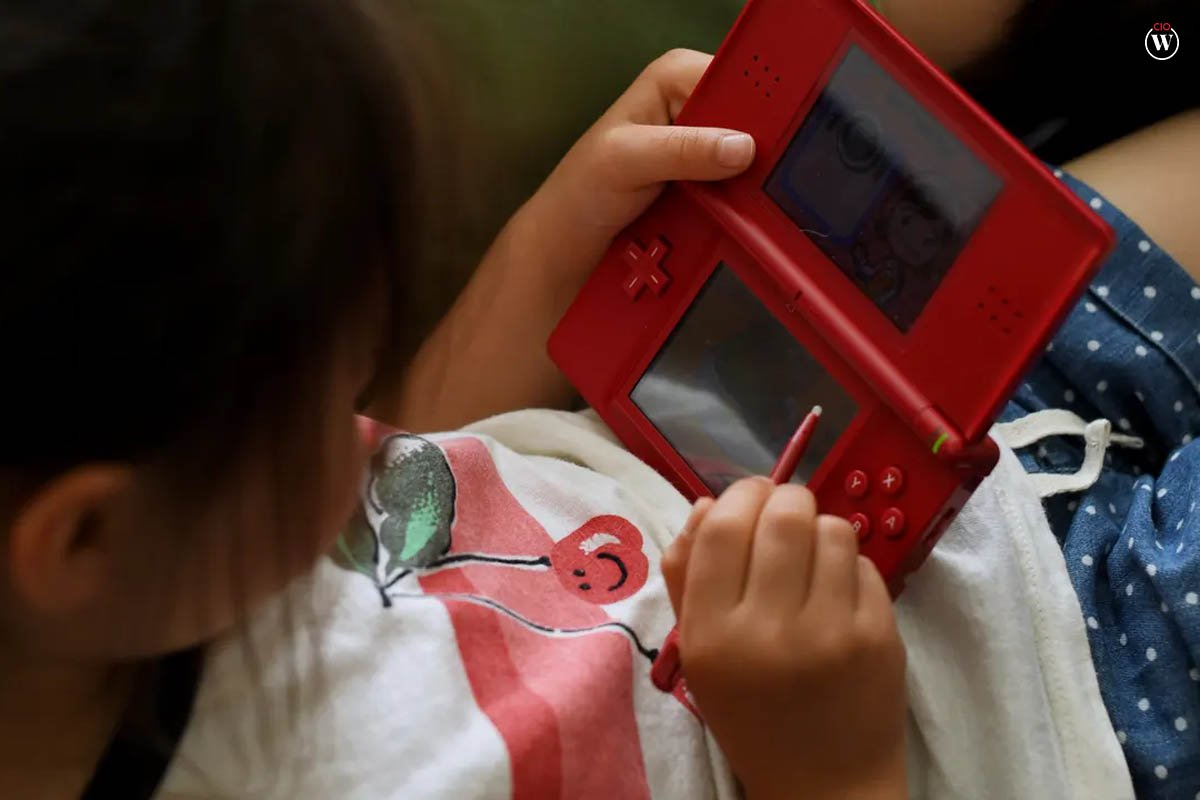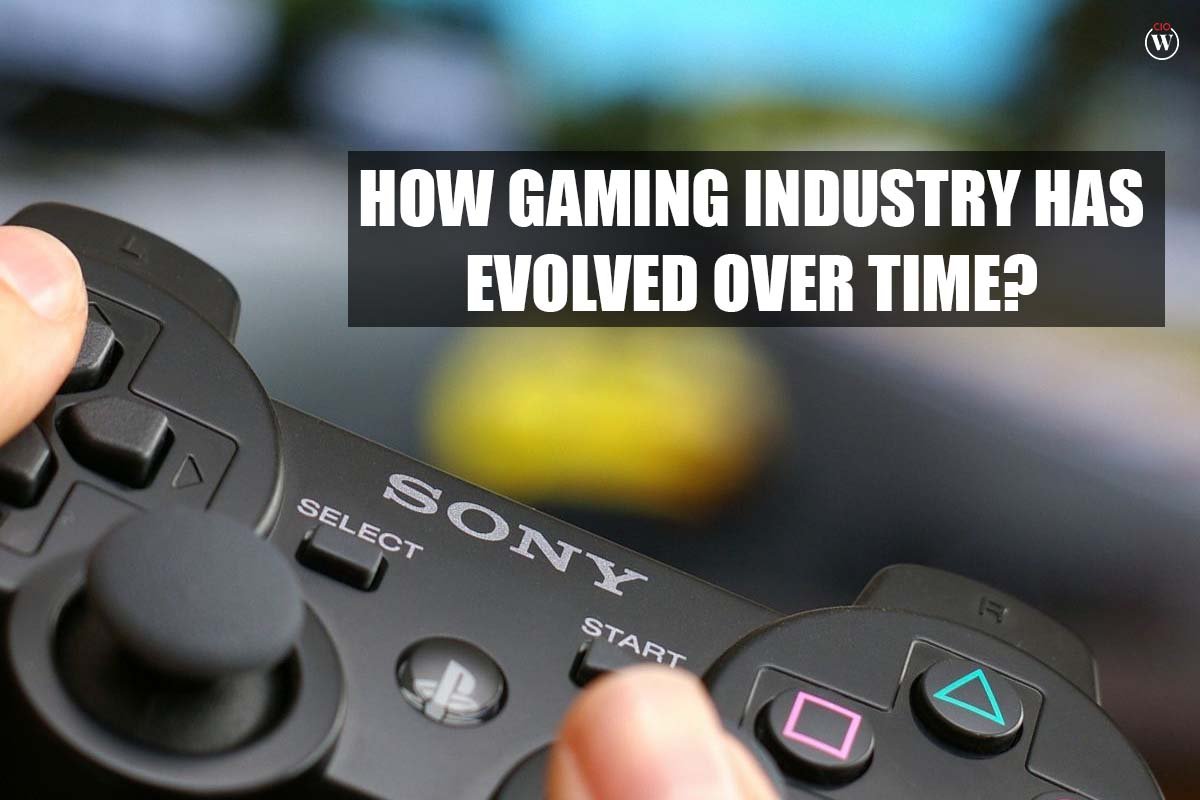The gaming business has been active for around 50 years, with the first arcade games released in the 1970s. Since then, the Gaming Industry has evolved considerably, with new methods for players to consume content, altering business structures, and new marketing tactics.
Here is How the Gaming Industry has evolved over time? ;
1. The early days
To play their favorite games, the early gamers had to leave their houses and go to an arcade. To obtain a set amount of lives or time, they’d have to feed coins into a machine. When they ran out of money, they’d have to put more in to keep playing.
These new gaming machines and the games played on them may seem unsophisticated today, but they were cutting-edge at the time.
Early video game prototypes were created in laboratories in the 1960s, but it was Atari’s introduction of Pong in 1972 that helped to jumpstart the industry. Since then, the Gaming Industry has continued to develop.
2. Computers and home consoles
In the 1970s, “consoles” appeared on the market, allowing players to play a variety of pre-loaded games. Some, such as the Home Pong machine, only supported one title.
Consumers would not be able to purchase additional games to play on their devices until the second generation of consoles and the rising popularity of the home computer Gaming Industry in the late 1970s and early 1980s.
In the last few decades, the Gaming Industry has grown exponentially and not always in a smooth manner. Gaming has undergone more changes in the last 20 years than it has in the previous 50 because of increased competition between console manufacturers.

The Atari 2600 was the most popular of them, with over 400 games developed for it.
From then until the 2000s, the gaming model remained quite consistent: users would purchase the game and be able to play it as much or as little as they wanted, lend it to friends, and sell it when they no longer desired it.
3. Go back to pay-to-play
Customers had to pay a modest charge each time they played video games in the twentieth century. They paid more as they played the game more.
The conventional console/PC business model shifted away from this, and it worked for a while. Nevertheless, as technology got more powerful, game development became more expensive, and publishers sought a means to recuperate those expenditures.
Companies began to focus on the second-hand Gaming Industry during the end of the 2000s and early 2010s, since there was no method to monetize these resold copies before. Companies such as EA and Ubisoft started charging a fee to anybody who wanted to play a previously played game online.
This sparked outrage among players who believed they were being penalised for exercising their legal rights. As a consequence, this technique was swiftly abandoned in favor of what we have today.
Microtransactions, in which players make a series of modest payments to a publisher in order to get access to new content, first appeared during the PlayStation 3 and Xbox 360 eras.
Gamers may purchase DLC packs to get access to more maps, characters, objectives, and weaponry. This trend is still going on today, with many games being “free-to-play,” which means no upfront price is required, but optional microtransactions are employed to earn cash instead.
Since the nature of these games compels players to put bets on each game they play, the pay-to-play model also exists in iGaming.
In both circumstances, most participants seem to be satisfied with this structure since they are getting something in return for their money.
4. Taking aim at different demographics
For more than a decade, gaming businesses have shifted away from focusing just on guys under the age of 30, realizing that they can recruit considerably more users and create far more income by catering to both genders and a much broader age group.
Nintendo was among the first to use this strategy. They designed the Nintendo DS and Wii with games like Dr. Kawashima’s Brain Training, Mario Kart Wii, Wii Fit, Cooking Mama, and Animal Crossing to encourage people to play games together as a social pastime.
Casual smartphone games are the most recent example of this. Candy Crush is much more popular than battle royale games like PUBG.

iGaming businesses have also generated material to assist inexperienced players in learning the fundamentals of games like as poker. Companies such as 888 Poker, for example, have created tutorials on how to play Texas Holdem that define the rules of the game and use visuals to demonstrate how each round of the game works.
AppLovin’s research among US and UK participants discovered that over 70% of smartphone users play games on their mobile devices. Surprisingly, 86% of poll respondents aged 55 and over had played games on their smartphone at least once, demonstrating mobile gaming’s wide market appeal.
5. Move to mobile
The phenomenal growth of mobile games has been one of the most apparent trends in the gaming industry in recent years.
Handheld gaming has existed since the late 1970s, albeit early machines relied on LED lights rather than a video screen. The Nintendo Game Boy was the first true portable system, debuting in 1989.
Since then, various additional Nintendo gadgets have become very successful, as has Sony’s PlayStation Portable.
Unfortunately, the portable period has come to an end. The Switch, a hybrid device that functions as both a home and portable system, is Nintendo’s only current console.
Smartphones have entirely depleted the market for portable gadgets. They may provide a comparable gaming experience, do not need the gamer to purchase or carry a second device, and are very simple to use.
In established countries such as the United Kingdom and the United States, over 80% of the population possesses a smartphone, while approximately 3.5 billion people worldwide own one. It equates to almost half of all persons alive today. They’re also used frequently, with most individuals using messaging apps for at least 30 minutes every day. The majority of users are acquainted and at ease with their gadgets.

Revenue generated by the gaming industry is now largely dominated by mobile gaming. Game accessibility and a growing number of people playing them led to the birth of the social game. They were initially popular as part of social media platforms, where they helped friends play puzzle games such as scrabble against each other or to send items or lives to aid each other in their gameplay.
Revenue from smartphone games is estimated to reach $77.2 billion in 2020, more than five times Nintendo’s entire revenue.
Know More About 7 Most Popular Gaming Mouses in the Gaming Industry
THE BOTTOM LINE
Throughout the previous five decades, the gaming business has grown considerably. We’ve gone full circle, from the arcade concept to current free-to-play games with microtransactions.
The Gaming Industry has grown more inclusive, with a greater emphasis on female and senior players. This has allowed it to significantly grow its sales.
Finally, when it comes to the gaming industry’s future, gaming will only continue to grow more mainstream. Cloud gaming, augmented reality, and the metaverse will all be on the rise.
Mobile devices have aided the fight for inclusion, but this has also resulted in the retirement of conventional portable consoles.









